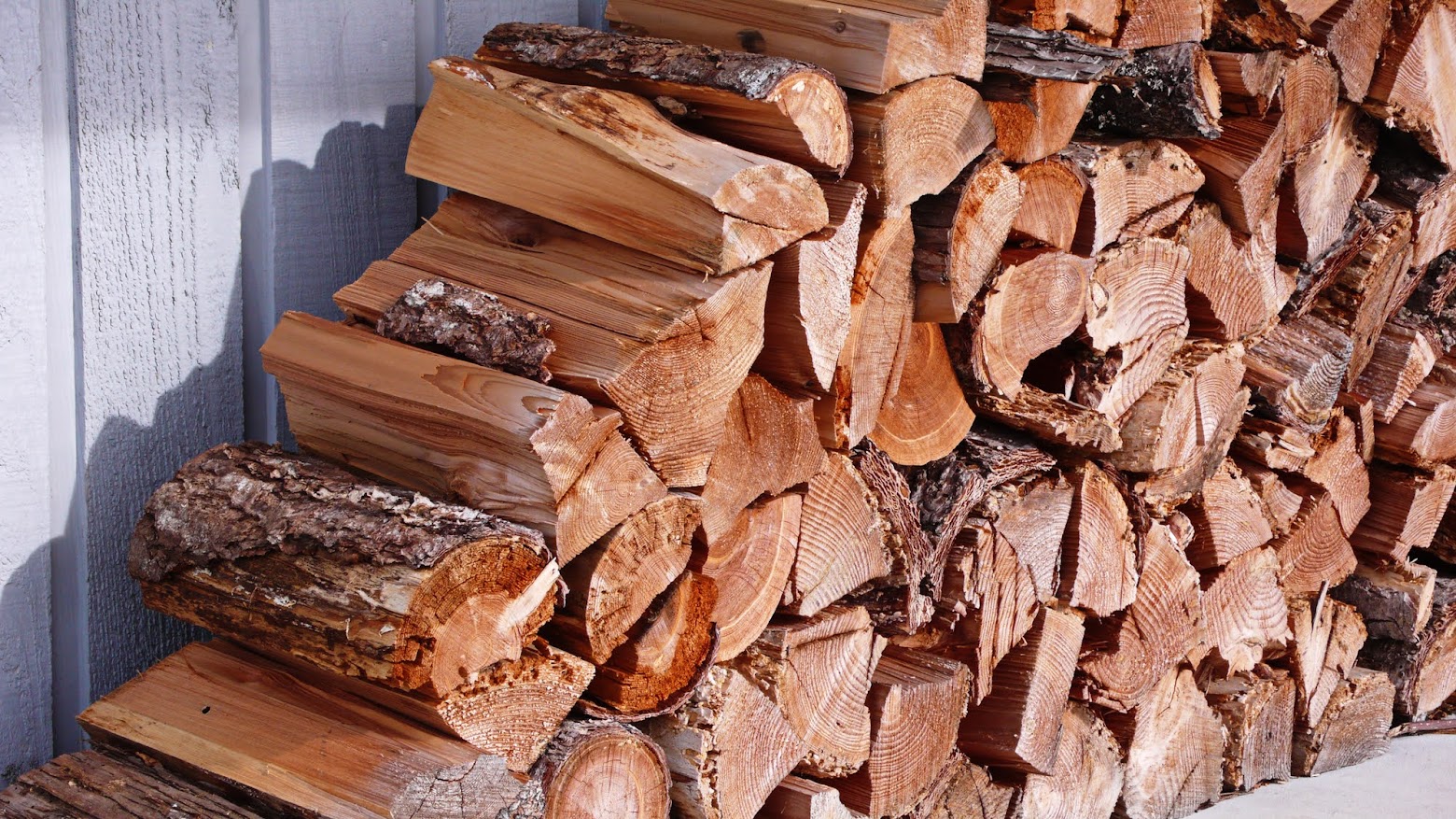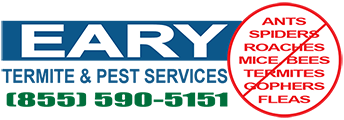
05 Oct Factors That Contribute to Termite Infestation
A termite infestation is a frustrating experience for any homeowner. Termites are tiny pests that like to stay in the dark and behind walls, making it difficult to spot them. One of the consequences of a termite invasion is damage to your home’s structure and other wooden objects. The most obvious sign of a termite infestation is mud trails and tubes on the ground or walls.
You need to call in a pest control service when you notice termites’ presence in your home. The following are some termite risk factors.
Water Issues Around Your Home
Many types of termites like to stay in moisture-rich soil. Some termites only feed on damp or wet wood. But what all termites have in common is the need to live in a moist environment. Therefore, if there are water issues in your home, it is an ideal setting for termites to thrive.
Some sources of these issues include leaking faucets, pipes, and air conditioning units. The house’s downspouts and gutters can also create moist conditions because of stagnant water and the accumulation of debris. If you notice any leaks or drainage issues in your home, ensure you address them to avoid dealing with a termite invasion.
Gaps in Your Home’s Foundation
Since termites like dark and moist areas, you will likely find them under concrete foundations. If your home’s foundation has cracks or gaps, termites will pass through them in search of food. Termites usually target gaps and cracks around your home’s exterior. Make sure you inspect your home regularly and have any cracks and gaps repaired.
Wood That Is in Contact with Your Home
One of the common points of entry for termites is through wood. It doesn’t matter whether the soil surrounding your home is treated with pesticides, termites will find their way into your home through wooden structures.
The main component of wood is cellulose. Termites feed on cellulose, which is why you should be wary of any wood that connects with the exterior of your home. Ensure you remove stumps, vines, stacked firewood, trellises, and any exterior wood close to your home. Your roof is another area from which termites can access your home. Therefore, trim back tree limbs that are touching your roof.
Landscape Mulch in Your Yard
Many homeowners use mulch because of its plant health benefits. Excessive usage, however, can lead to termite problems. Although mulch has no nutritional value to termites, they are drawn to it due to its moisture-retaining features. Additionally, mulch provides insulation against extreme temperatures.
Some types of mulch that attract termites include eucalyptus, cypress, pine bark, pea gravel, and crushed stone. Use mulch sparingly by only applying a couple of inches. Also, don’t allow the mulch to contact the framing of doors, windows, or wood siding.
The Geography of Your State
Termites thrive in all U.S. states except Alaska. Therefore, unless you live in Alaska, there is a risk termites will infest your home. Termites especially like warm climates that are common in South or Gulf Coast areas.
To determine your level of risk, consult the U.S. Forest Service for a map of the termite invasion risk zones. If you live in a high-risk zone, you should take measures to avoid an infestation, like reducing moist conditions around your home and having your home treated by a pest control firm.
If termites invade your home, call a pest control service to deal with the problem before it results in costly repairs and replacements. Eary Termite & Pest Service is renowned for providing quality and eco-friendly pest control. Contact us for an inspection and solutions to your pest problems.




Sorry, the comment form is closed at this time.